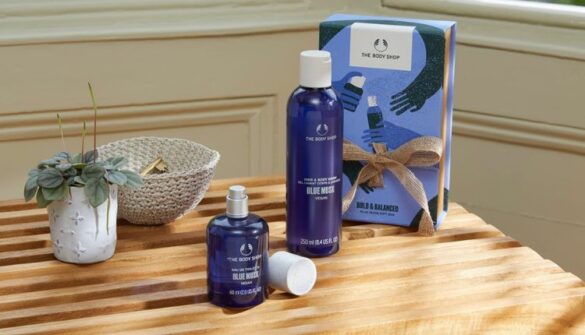The UAE’s perfume culture is a vibrant tapestry woven with tradition and a rich appreciation for the art of scent. Perfumes go beyond pleasant smells here, and are a symbol of hospitality, social status, and a way to express one’s personality. Perfumers carefully combine raw materials through a delicate process called blending. This is where perfumery really becomes an art form.
1. Essential Oils
Using essential oils for your perfume is a sustainable way to express your personal fragrances. These oils can also be used as body oils to care for your skin and add a subtle scent. Adding the right essential oil to your perfume can make the difference between a good and great fragrance.
Choosing the right oils depends on your preferences and needs. You can start by understanding the different aroma categories and identifying which scents appeal to you. You should also familiarize yourself with IFRA guidelines and how to properly store and handle essential oils.
Essential oils can be used to create the top, middle and base notes of a fragrance. The top notes are the first to be noticed and tend to be lighter and more volatile. Middle notes are the core of a fragrance and are usually florals such as rose, jasmine and tuberose. The base notes are the longest-lasting and add depth and complexity to the fragrance.
2. Absolutes
Fragrance oils are a combination of perfume ingredients, such as essential and absolute oils, resins and other fragrant materials dissolved in a solvent, usually alcohol. They are typically cheaper than perfumes that contain only pure essential oils, which have a higher oil concentration and require a greater amount of fragrance to cover the same skin area.
Like their essential oil counterparts, absolutes are highly aromatic and can be used in holistic aromatherapy and natural perfumery applications. However, because they are processed in a manner that involves the use of a chemical solvent, which may leave a trace of solvent and/or alcohol behind, they are not recommended for internal application.
In perfume uae making, attars are essential for creating sweet and creamy accords that add depth and fullness to the scent. They can also act as fixatives to withstand the evaporation process and prolong the perfume’s longevity. They are also often used to evoke memories and feelings, such as nostalgia or relaxation.
3. Fragrance Oils
Fragrance oils are blends of synthetic and natural aroma compounds diluted with a carrier oil like propylene glycol, vegetable or mineral oil. They are available in many concentrations, so it is important to select a perfume base that matches your desired scent.
Perfumers use fragrance oils to construct complex and multifaceted scents that evoke emotions and memories. They often combine multiple fragrance components, such as top notes, middle notes, and base notes, to create unique and memorable perfumes.
Gourmand scents evoke the delicious smell of baked goods and chocolate, while musk fragrance oils imitate earthy or animalic scents to evoke sensuality and allure. In addition to perfumes, fragrance oils are used in other products like cosmetics, soaps, room sprays, skin and hair care formulations, and scented laundry and linens.
To make a perfume using fragrance oils, mix the oil with perfumers alcohol in a clean, sterilized bottle. Ensure that the dilution ratio is correct to avoid skin irritation and a poor-quality fragrance. Store the perfume in a cool, dark place to protect it from heat and light, which can degrade its scent over time.
4. Other Ingredients
In addition to the main fragrance oils, create perfume often contain a variety of other ingredients. These include blending agents that smooth out transitions between different layers of the perfume; fixatives that bolster the primary scent; and natural aroma chemicals such as linalool and hydroxycitronellal.
Flowers are among the most common perfume ingredients. They add a floral, fruity, or spicy element to the scent. Rose, jasmine, and ylang-ylang are examples of popular flower fragrances. Other flowers used in perfumes include narcissus, peony, tumeric and patchouli.
Other botanicals such as wood oils, moss, fir needle, and myrtle are also common perfume ingredients. In addition to these plant-derived materials, some perfumes contain natural marine fragrances, such as the seaweed Fucus vesiculosus, or bladder wrack.
Animalic perfume ingredients are rarely used in modern perfumes, as they can cause allergies and other sensitivities in some people. A few exceptions are hedione (a resin from the hedionda tree) and ambergris, which is a chunk of oxidized fatty acid secreted by sperm whales.
Conclusion
Fragrances are a deep part of Emirati culture. They’re a symbol of hospitality and a way to express oneself. Perfumes are presented as gifts on special occasions like weddings and religious holidays. Perfumers, also known as noses, start their perfume creation process by sourcing raw materials. They carefully curate a wide range of ingredients and blend them to create a harmonious fragrance accord.

